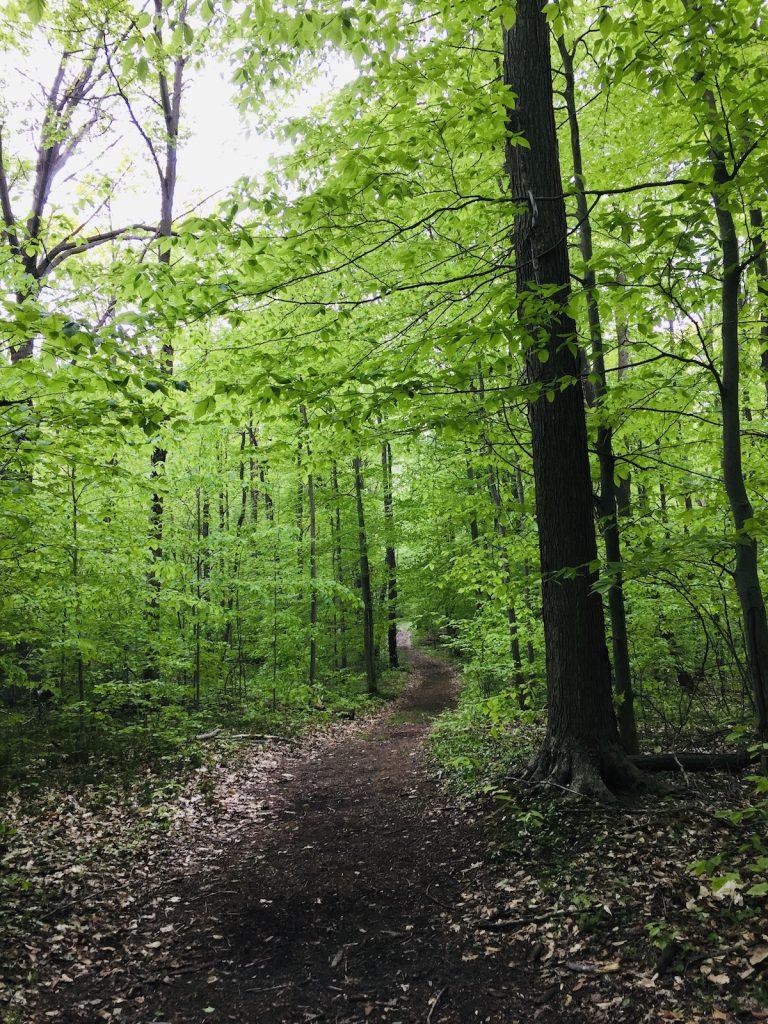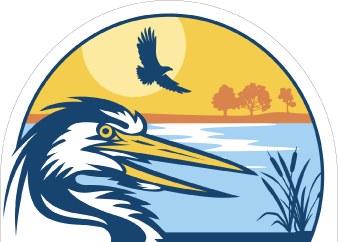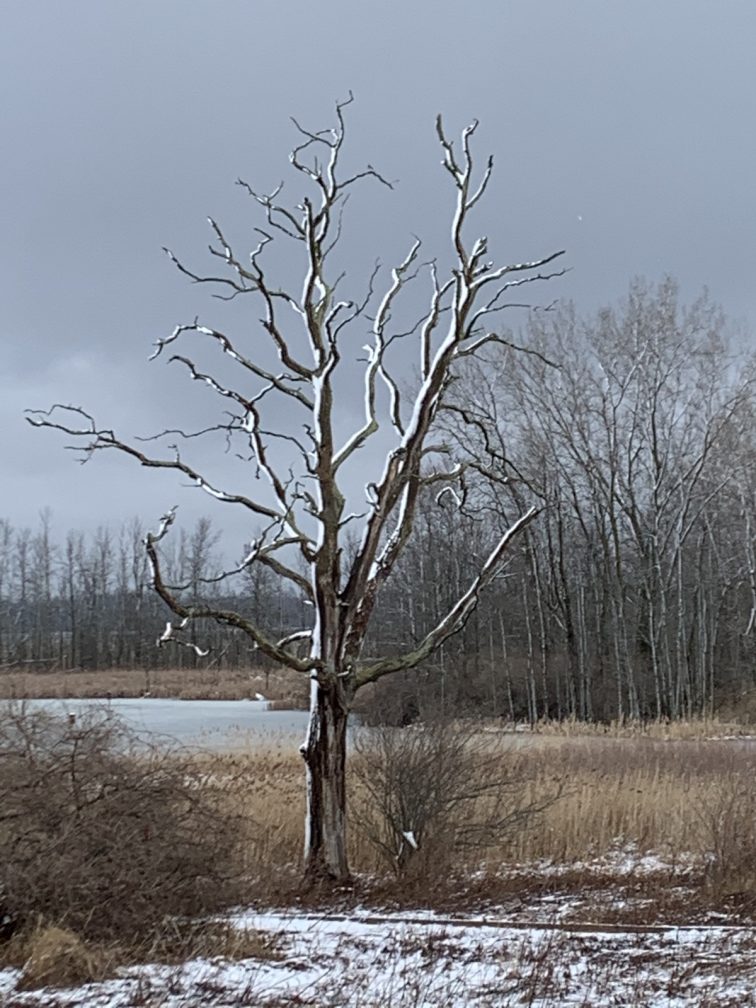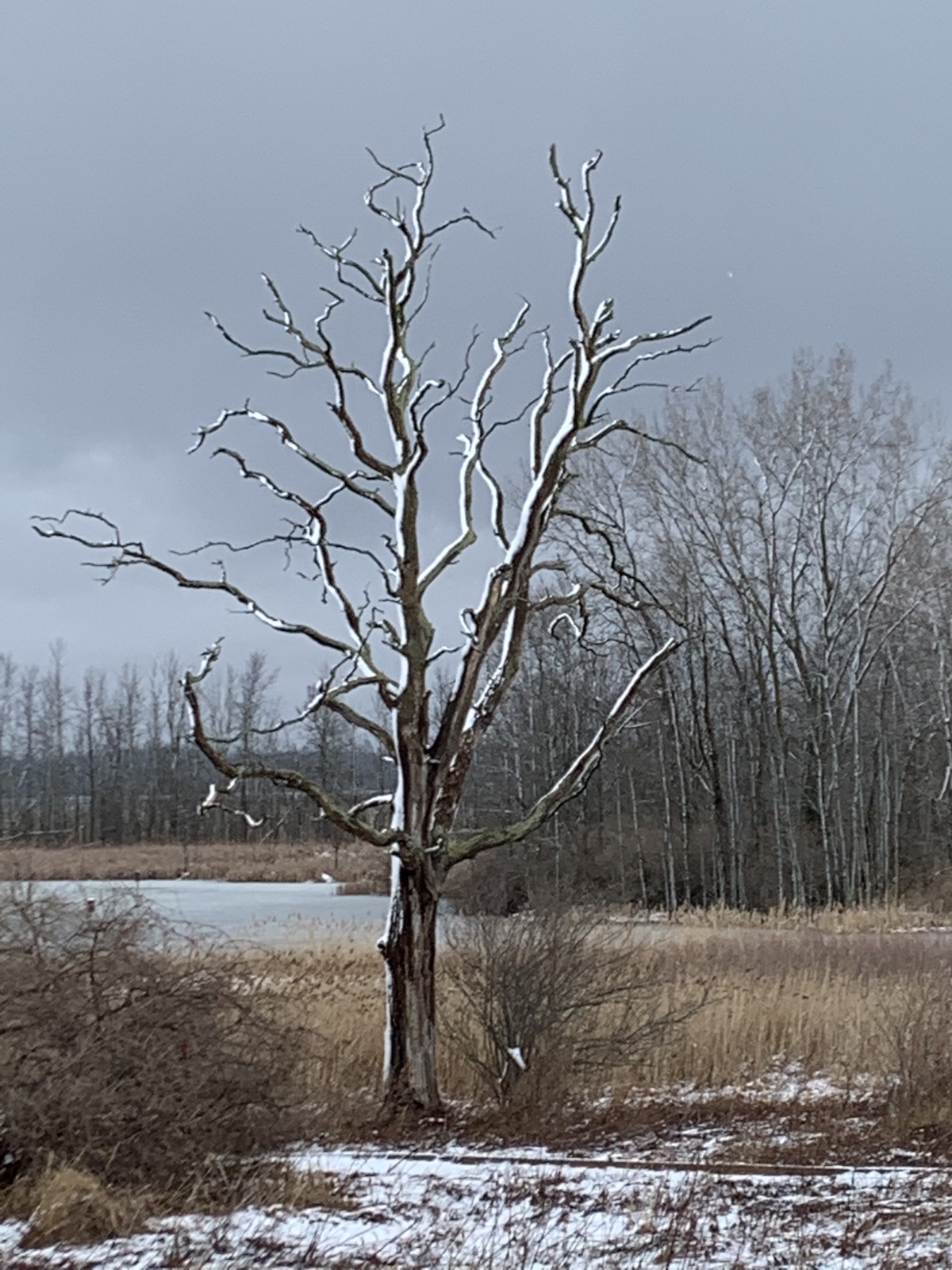
I just returned from a walk on a snowy day and thought about all the winter walks my husband and I took on the trails at Iroquois National Wildlife Refuge over the years. During this holiday season, quieter than usual and with the pandemic in full swing, I got to thinking about the word refuge. Events and activities at INWR have slowed, but in some ways, that may be a good thing.
Merriam Webster defines refuge as shelter or protection from danger or distress; a place that provides shelter or protection; something to which one has recourse in difficulty. INWR was established by the U. S. Fish and Wildlife Service in 1958 as a nesting place and stopover for migratory birds, thus protecting and conserving this beautiful WNY wetland region. It provides shelter and protection for many species of animals, not only for birds, but for mink, muskrats, deer, red fox, and a variety of snakes, insects and fish. Science has made great strides since 1958, and the ecological connection of all living things, so important to our planet, includes communities of trees that communicate and support each other, and native species perfectly adapted to wetlands. So plants take refuge at INWR, refuge from the long arms of development and commerce. INWR has certainly fulfilled its refuge status for wildlife and plants.
Click here to become a member!
Click here to donate!
But what about us? How do we fit in? Do we need refuge? I believe we do. Pandemic, politics, and personal losses impact all of us in subtle and not so subtle ways. Mental and physical health are fragile, and busy-ness and activity have been restricted. Too much news, working from home, loss of employment …. impact our daily lives, and anxiety, depression and loneliness sometimes take over. INWR can help. It’s a place where we can remove ourselves for a while, and ponder the big picture, the connection we have to this fragile planet, while breathing the air that the animals and plants breathe. The silence of a winter walk can remove the worry and provide repose and calm. Wooded trails are part of INWR and I find peace and shelter there during this time of difficulty.
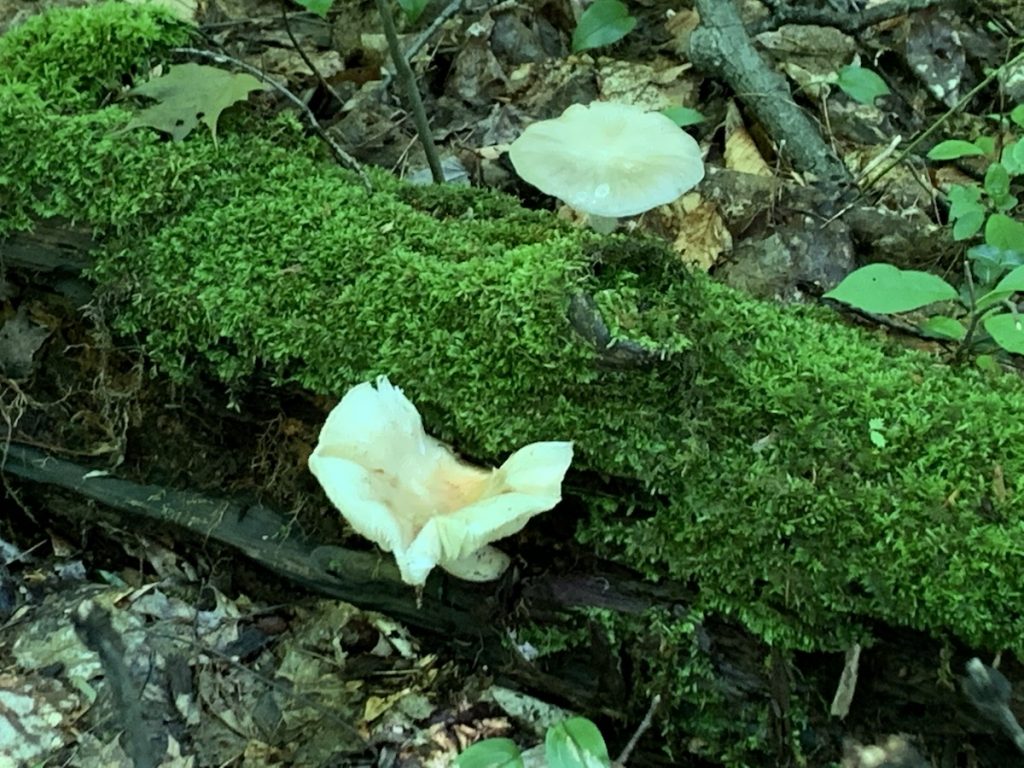
In his book Forest Bathing, M. Amos Clifford has this to say, “Forests teach us to think differently about the more-than-human world, so we can relate to our shared earth in a fundamentally different way. The dominant mythology of industrial culture is that humans–and humans alone– possess sentience, the ability to feel and perceive subjectively…. When our blinders are shed and we, too, become aware of sentience in all living things, our view of the world and our place in it shifts. Our new perspective makes us capable of developing relationships that are deeply meaningful and supportive.” We learn to slow down, listen and receive the forest’s message, the wetland’s message. We see that we are all in this together; we need each other. We take time to leave our frantic, busy lives behind and see the big picture of life and its web of relationships. This new perspective heals and helps us through what life puts in each path we take.
So I say INWR is not just a refuge for wildlife and plants, it’s a refuge for us; it shelters and protects us in our time of difficulty and danger too. And it can teach us that we are all in this beautiful life together, and maybe, sometimes, we need to slow down … look, listen, and pay attention to the slow still life of the land and learn its lessons. With this in mind, I’m making a new year’s resolution: I will walk in the woods and wetlands once a week, look and listen for its lessons, ponder the big picture and live my life with the perspective that all life matters.
For information on how to walk the refuge safely see the article, “Socially Distant Nature Sharing” by Celeste Morien.
